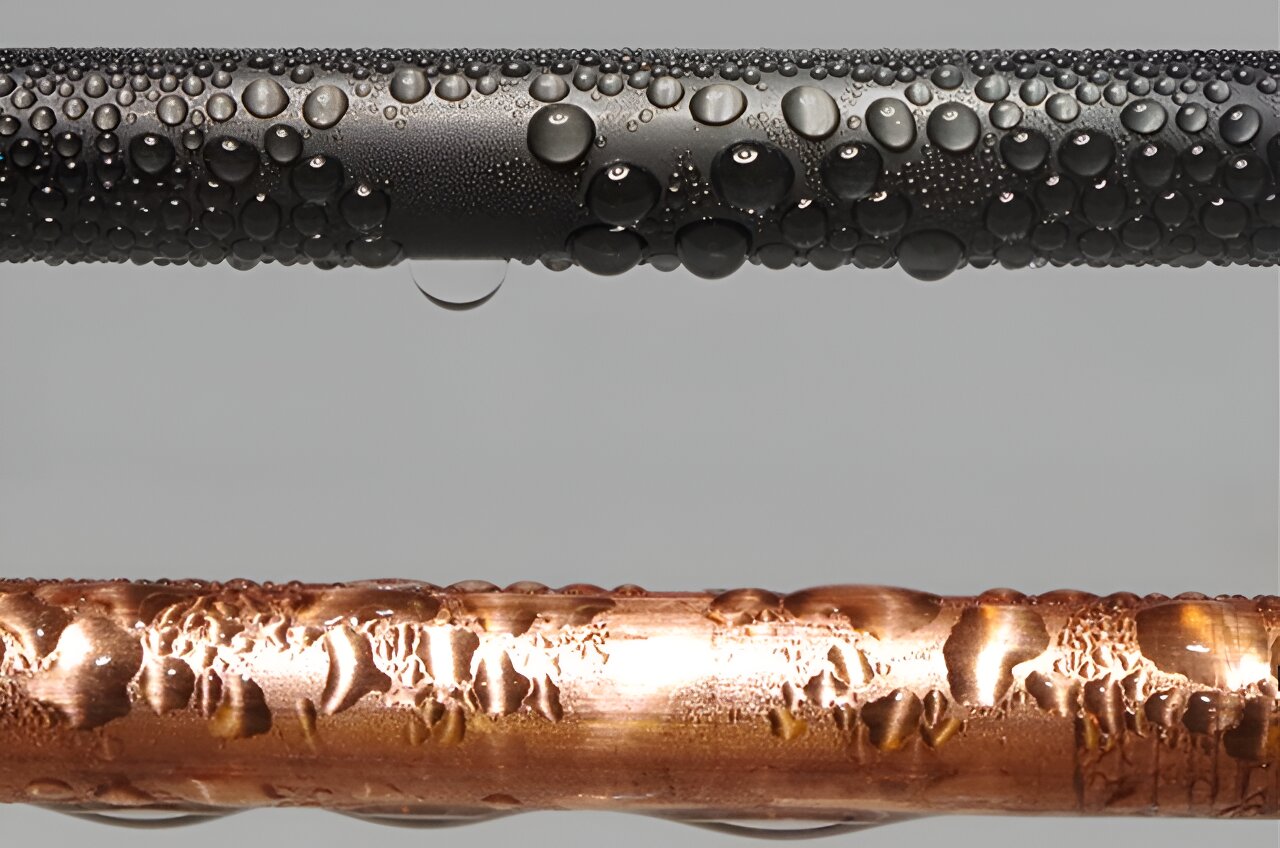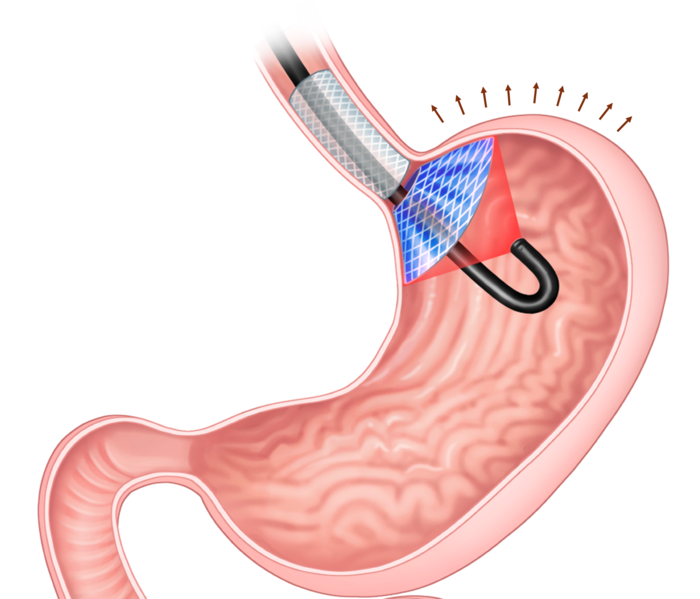A planet hunting astronomy student, Michelle Kunimoto has discovered evidence of 17 new exoplanets. One of them includes Earth-sized world found in the “habitable zone,” that may have liquid water.
Kunimoto is doing PhD from University of British Columbia. She did her discoveries by going through data collected by NASA’s planet-hunting Kepler space telescope.
“This planet is about a thousand light years away, so we’re not getting there anytime soon!” Kunimoto said in a statement. “But this is a really exciting find, since there have only been 15 small, confirmed planets in the Habitable Zone found in Kepler data so far.”
Officially named KIC-7340288 b, this potentially habitable planet is just one and a half times the size of Earth. This rocky planet has a year that is 142 and half days long. Its orbit is just larger than Mercury’s orbit. However this planet receives about a third of the light that Earth gets from the Sun.
Method used for discovering the planets:
For finding these planets, Kunimoto used the “transit method” which is one of the most widely used planet-hunting methods.
“Every time a planet passes in front of a star, it blocks a portion of that star’s light and causes a temporary decrease in the star’s brightness,” she explained. “By finding these dips, known as transits, you can start to piece together information about the planet, such as its size and how long it takes to orbit.”







